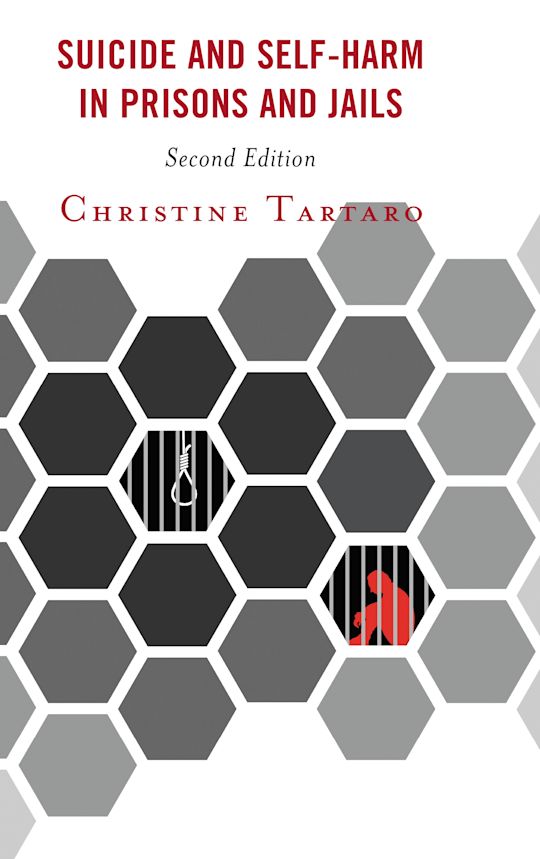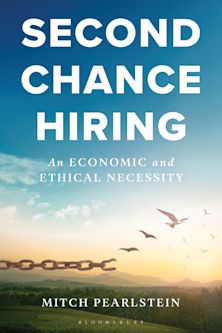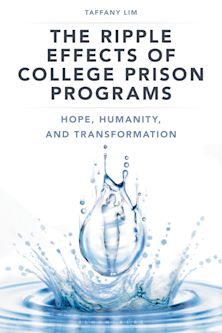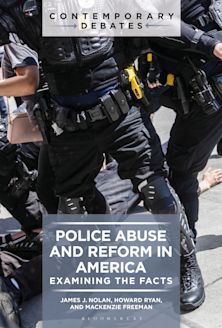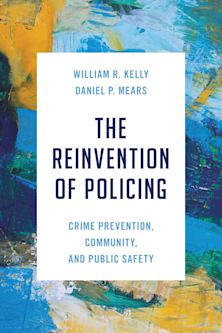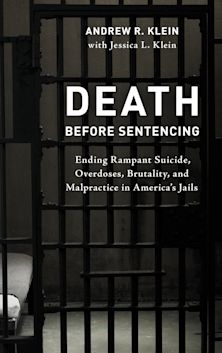Description
The second edition of Suicide and Self-Harm in Prisons and Jails provides a comprehensive exploration of how the stress associated with arrest, sentencing, and incarcerated life can contribute to the onset of a suicidal crisis even among those who never before experienced suicidal ideation or self-harmed. Using the most recent prison and jail suicide data available Christine Tartaro discuses prison and jail administrations’ efforts to curtail the use of restrictive housing for inmates with mental illness, more recent suicide screening forms for incarcerated populations, therapeutic options for working with inmates in crisis, appropriate monitoring of people in danger of self-harm, and situational and environmental prevention tactics. Tartaro also provides examples of ways to structure and implement diversion and transition planning programs to improve the odds of facilitating offenders’ successful integration into the community and reduce communities’ reliance on jails to house and treat people who suffer from mental illness.
Table of Contents
Chapter 2: Who Commits Suicide While Incarcerated?
Chapter 3: When, Where, and How Suicides in Prisons and Jails Occur
Chapter 4: Suicide Attempts and Non-Suicidal Self-Injury
Chapter 5: Screening and Assessment
Chapter 6: Working with Suicidal Inmates
Chapter 7: Facility Design and Suicide Prevention
Chapter 8: Diversion and Transition Planning
Chapter 9: Litigation Issues
Chapter 10: Suggestions for Suicide Prevention
Product details
| Published | 10 May 2019 |
|---|---|
| Format | Ebook (Epub & Mobi) |
| Edition | 2nd |
| Extent | 288 |
| ISBN | 9781498558730 |
| Imprint | Lexington Books |
| Illustrations | 4 tables; 2 graphs; |
| Publisher | Bloomsbury Publishing |
Reviews

ONLINE RESOURCES
Bloomsbury Collections
This book is available on Bloomsbury Collections where your library has access.









